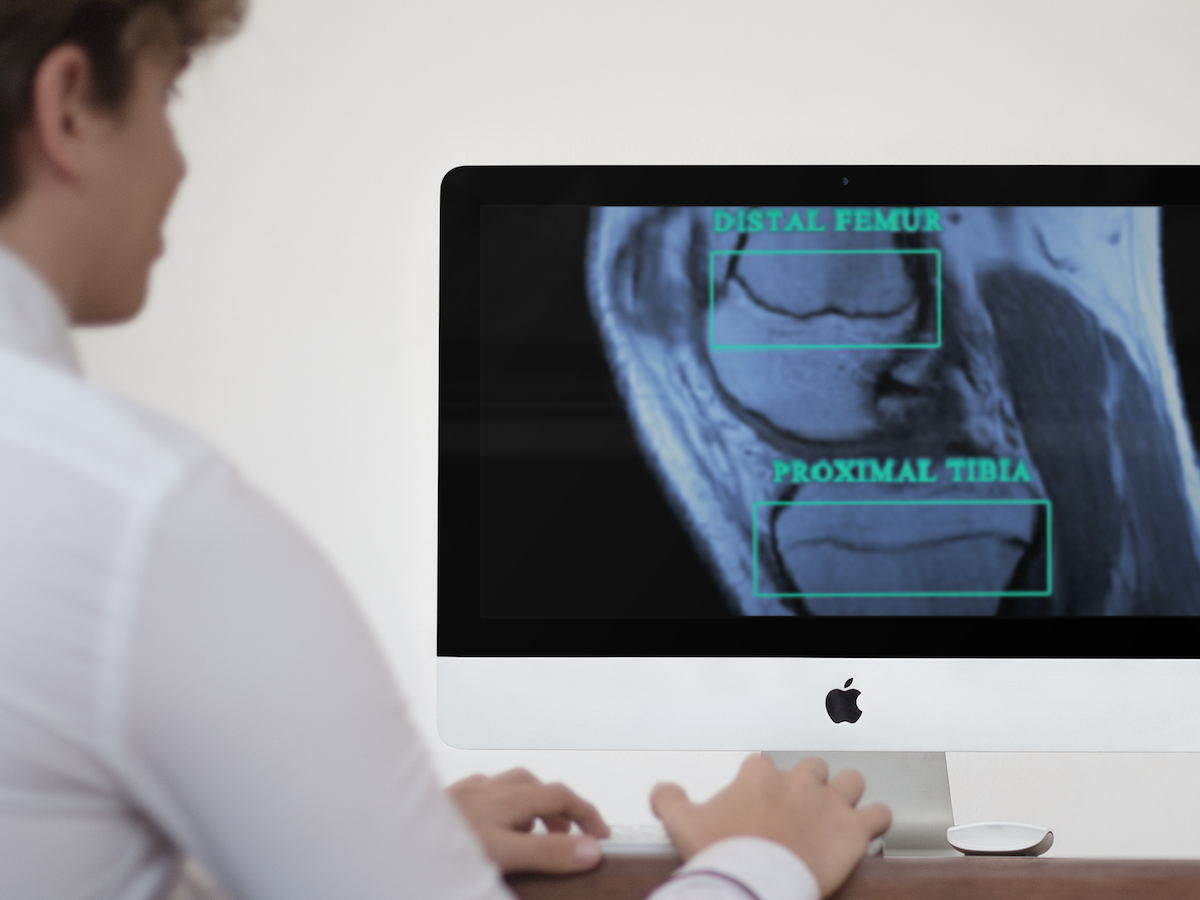
Age Assessment of Youth and Young Adults Using Magnetic Resonance Imaging of the Knee: A Deep Learning Approach.
- Post by: Peter Anderberg
- 22 December, 2019
- No Comment
ABSTRACT
Background: Bone age assessment (BAA) is an important tool for diagnosis and in determining the time of treatment in a number of pediatric clinical scenarios, as well as in legal settings where it is used to estimate the chronological age of an individual where valid documents are lacking. Traditional methods for BAA suffer from drawbacks, such as exposing juveniles to radiation, intra- and interrater variability, and the time spent on the assessment. The employment of automated methods such as deep learning and the use of magnetic resonance imaging (MRI) can address these drawbacks and improve the assessment of age.
Objective: The aim of this paper is to propose an automated approach for age assessment of youth and young adults in the age range when the length growth ceases and growth zones are closed (14-21 years of age) by employing deep learning using MRI of the knee.
Methods: This study carried out MRI examinations of the knee of 402 volunteer subjects—221 males (55.0%) and 181 (45.0%) females—aged 14-21 years. The method comprised two convolutional neural network (CNN) models: the first one selected the most informative images of an MRI sequence, concerning age-assessment purposes; these were then used in the second module, which was responsible for the age estimation. Different CNN architectures were tested, both training from scratch and employing transfer learning.
Results: The CNN architecture that provided the best results was GoogLeNet pretrained on the ImageNet database. The proposed method was able to assess the age of male subjects in the range of 14-20.5 years, with a mean absolute error (MAE) of 0.793 years, and of female subjects in the range of 14-19.5 years, with an MAE of 0.988 years. Regarding the classification of minors—with the threshold of 18 years of age—an accuracy of 98.1% for male subjects and 95.0% for female subjects was achieved.
Conclusions: The proposed method was able to assess the age of youth and young adults from 14 to 20.5 years of age for male subjects and 14 to 19.5 years of age for female subjects in a fully automated manner, without the use of ionizing radiation, addressing the drawbacks of traditional methods.
Dallora AL, Berglund JS, Brogren M, Kvist O, Diaz Ruiz S, Dübbel A, Anderberg P
Age Assessment of Youth and Young Adults Using Magnetic Resonance Imaging of the Knee: A Deep Learning Approach
JMIR Med Inform 2019;7(4):e16291
URL: https://medinform.jmir.org/2019/4/e16291
DOI: 10.2196/16291
PMID: 31804183
